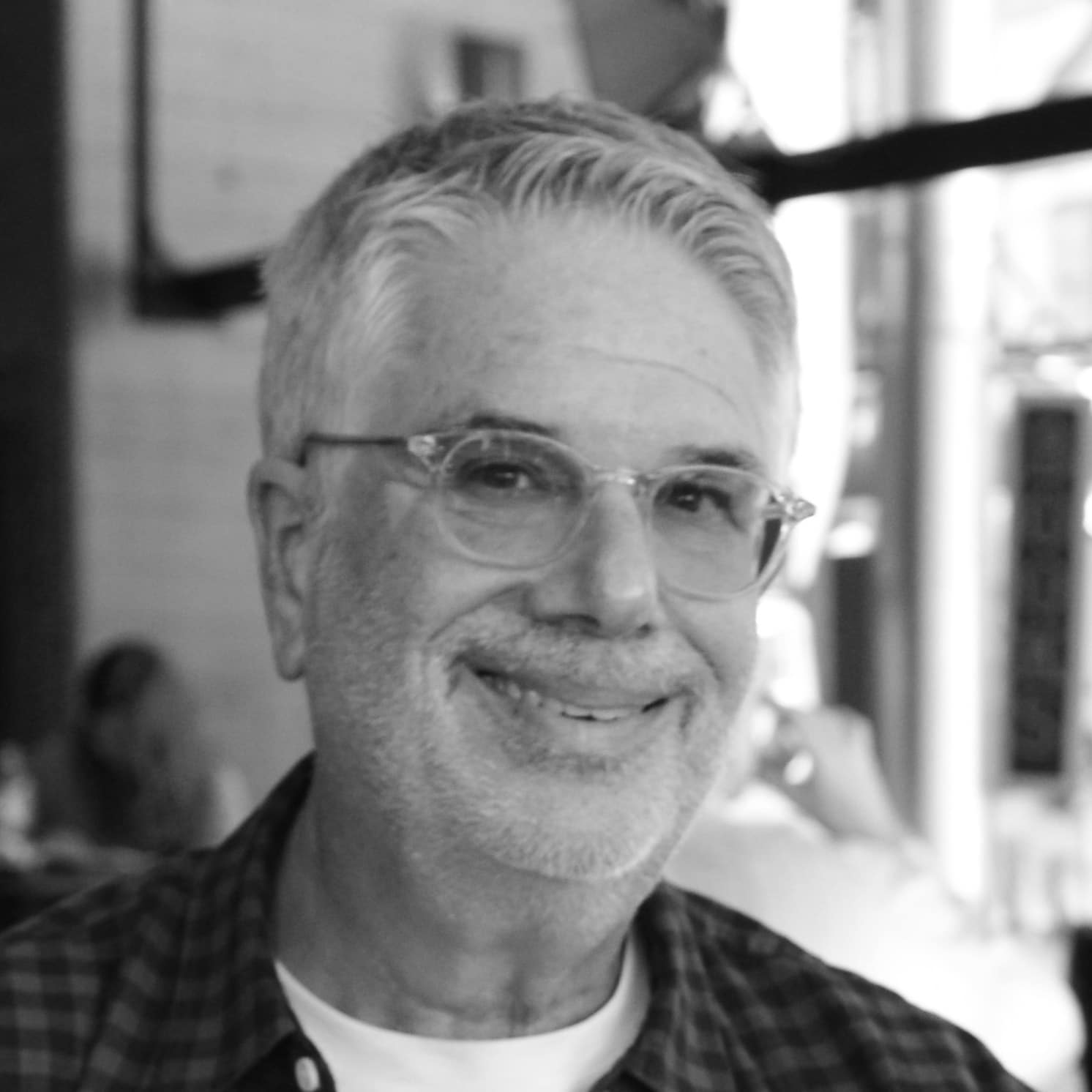 Israel’s Netta performs after winning the Grand Final of Eurovision Song Contest 2018 at the Altice Arena hall in Lisbon, Portugal, May 12, 2018. REUTERS/Pedro Nunes
Israel’s Netta performs after winning the Grand Final of Eurovision Song Contest 2018 at the Altice Arena hall in Lisbon, Portugal, May 12, 2018. REUTERS/Pedro Nunes There is Netta Barzilai, who won the Eurovision Song Contest. Ohad Naharin, celebrated as one of the world’s pre-eminent contemporary choreographers. Yotam Ottolenghi, renowned for his restaurants and cookbooks. Adi Nes’ photography. Sigalit Landau’s art. The entrepreneurs of the Startup Nation.
All of them Israeli, recognized internationally for their creativity.
“Braisheet barah.” They are the first two words of the Torah. Braisheet, loosely translated as “In the beginning.” But the second word is “barah,” undeniably translated as “created.” A word of action. There is a significant message that the second word and very first action in the Torah is to “create.”
We Jews, whether believers or not, take this message to heart. We are a creative people. Creativity has been and continues to be our lifeline.
In Jewish life today, Israel has proven to be the most creative force. Israelis push their creative output to a level of excellence in order to compete on the world stage. Their creativity is one of national viability. I witnessed this reality three years ago while in the audience of the Batsheva Dance Company’s 50th anniversary celebration at the Tel Aviv Opera House. On the stage was Naharin’s globally embraced dance performance, “Echad Mi Yodayah,” inspired by the Passover allegory, “Who Knows One,” which we sing on seder night. For each numbered stanza of the song, accompanied by the traditional melody, there was another version of modern dance. Naharin had raised Jewish culture to a level of international acceptance and celebration, infusing it with modern creative relevancy.
Can this level of creative excellence inspired by Jewish thought be the output of American Jewish organizations?
What could be the collaboration between Israel’s creative output and the rest of the Jewish world?
A different dynamic is constellated when Jewish creative output is the result of a national identity as we see in Israel, as opposed to a communal identity that we see in America. Jewish organizations are only creating for a small community within the larger America.
There are individual American Jews who are competing creatively on the world stage. Writers. Actors. Musicians. Singers. Architects. Researchers. Business people. Many Nobel Prize winners. But let’s not confuse them with the creative output funded by Jewish organizations.
Creativity needs competition and to be consumed by a wide, discerning audience in order to be pushed toward excellence. But who is the competition for the creative output of American Jewish organizations? Who is the larger audience?
The competition is all of American culture. It is the dominant culture of the society. Can Jewish culture and output be as compelling and meaningful to a new generation as general American culture and output? Can any small community’s culture be as compelling and meaningful as the dominant culture?
These are the big questions facing the community today when comparing organized American Jewish life to the life that is being lived in Israel. There, Jewish expression is not the same as it is in other countries. It is woven into the daily fabric of existence, taking on many different faces and manifestations, because it is in the DNA of the dominant culture. Sometimes, the Jewish root in the Israeli manifestation is more veiled than it is in America.
We need to begin a big conversation about Jewish creativity. What should be its process and methodologies? What should be its standards of excellence? What could be the collaboration between Israel’s creative output and the creative output of the rest of the Jewish world? We have to compare the creative output between us, with judgments and critique, just as is done in the film and art world. We need to provoke this discussion as an interchange between Israel and global Jewry.
Creativity is among the most prominent common threads that brings us together. It gives us life. It is always our beginning. The Torah tells us. Netta Barzilai proved it. American Jewish life needs it.
Gary Wexler is an adjunct professor in the master’s program at the USC Annenberg School for Communication and Journalism.























 More news and opinions than at a Shabbat dinner, right in your inbox.
More news and opinions than at a Shabbat dinner, right in your inbox.